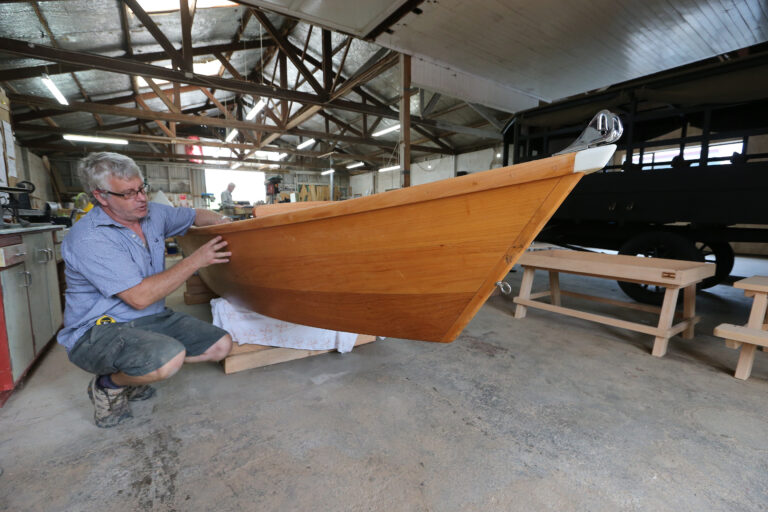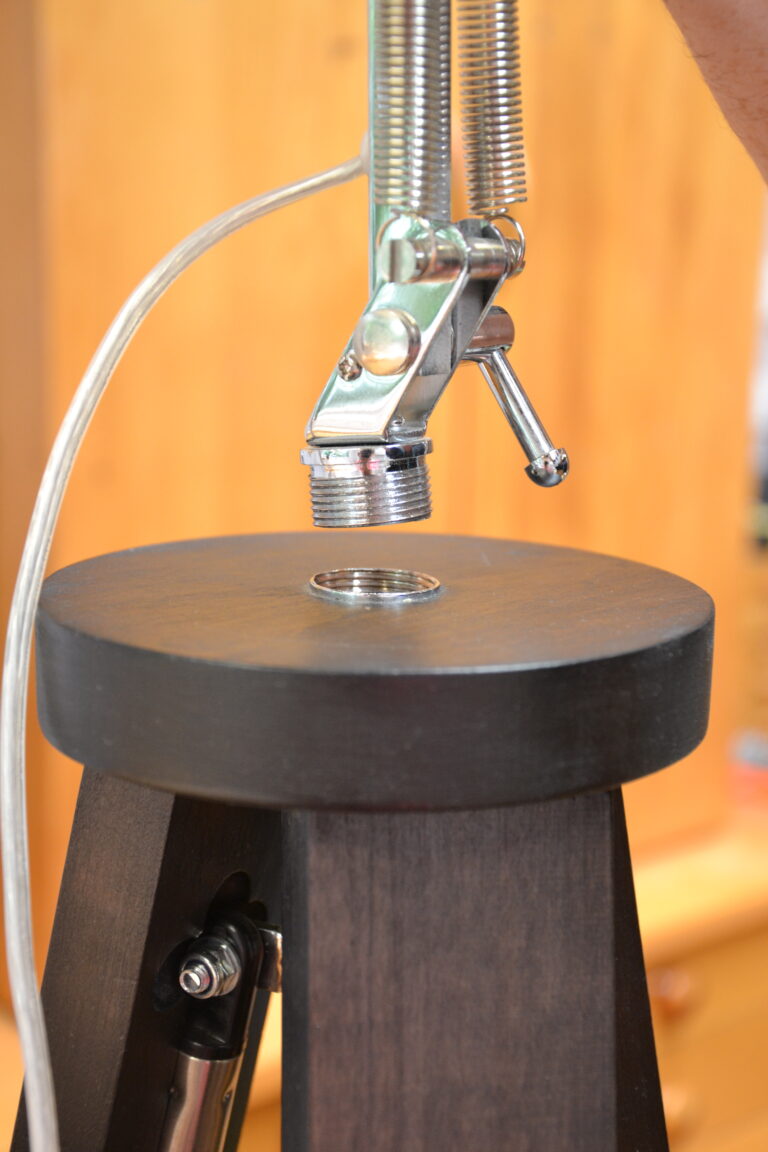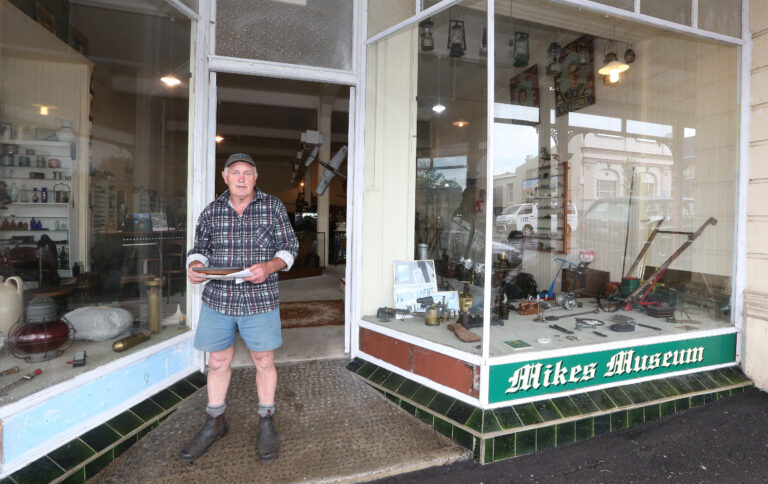Here’s a new product from Selleys that simply sticks almost anything without screws or clamps. Instantly hols even on vertical surfaces.
Check out this video.
Here’s a new product from Selleys that simply sticks almost anything without screws or clamps. Instantly hols even on vertical surfaces. Great product for those looking for an alternative to drilling and plugging walls etc.
Here’s a new product from Selleys that simply sticks almost anything without screws or clamps. Instantly hols even on vertical surfaces.
Check out this video.

Piopio in the heart of the King Country – a landlocked area with a village population of about 400 – is the last place you’d expect to find a boat builder. Boat builder Max Laver, however, is well settled there and business is thriving.
Boat repairs, restoration, and making small craft by hand is the speciality of Max’s business, where he works with fibreglass and timber, and specialises in custom-built dinghies.
“We focus on how well we can make a dinghy, not how cheaply,” he says.
Max is a marine surveyor as well as a boat builder.
He spent two years in Lowestoft in England learning City and Guild-level wooden boat building, and finished his time doing two more years learning in New Brunswick, Canada.
In 2009, after many years boat building, Max decided to study marine surveying and the two qualifications work hand in hand.
“I didn’t excel at school as a kid, but I loved to build,” he says.

My daughter was looking for a large lamp for her husband’s birthday and struggled to find something with the modern industrial-type of look that she had in mind. She asked me if I could make something around her thinking. She particularly wanted a large tripod base with an adjustable lamp on the top.
We searched around for a suitable lamp for the top and found an adjustable lamp on a spindle base at Lighting Direct on sale for $89.95. We would have preferred a matt black finish but we felt the chrome model would work very well.

What do you do when your passion for collecting means you are accumulating objects that can be measured by the tonne?
One answer is to buy a big building and open it up to the public – Mike’s Museum in Eltham displays the extraordinary results of Mike Coil’s collection mania.
Two upper stories and a huge basement of an historic building in the small Taranaki town are bulging with the strangest things. A big collection of antique chainsaws, World War II objects, including an anti-aircraft searchlight and US submarine generator engine, steam boilers of all sizes – you name it – Mike’s collected it.
There’s also a great collection of historic tools and objects from New Zealand’s past.
Mike began collecting when he was a young fella. One of a family of 12, he was raised on Taranaki farms and he recalls when aged eight his father coming home from a stint at sea with a handful of coins.
The Shed magazine is eclectic, informed, and always fascinating. Aimed at those with a few tools and perhaps a few clues: this is the magazine for real sheddies.
Packed with ideas, projects, advice, and peeks into other people’s sheds providing inspiration, ideas, and techniques, or just for the sheer enjoyment of the sheddie’s endless inventiveness, The Shed is the project enthusiast’s bible.
Sign up here to The Shed monthly email newsletter for exclusive reader offers.
Sign up here to The Shed monthly email newsletter for exclusive reader offers. For signing up, we’ll send you a free copy of The Shed, just simply put your postal address in the form.